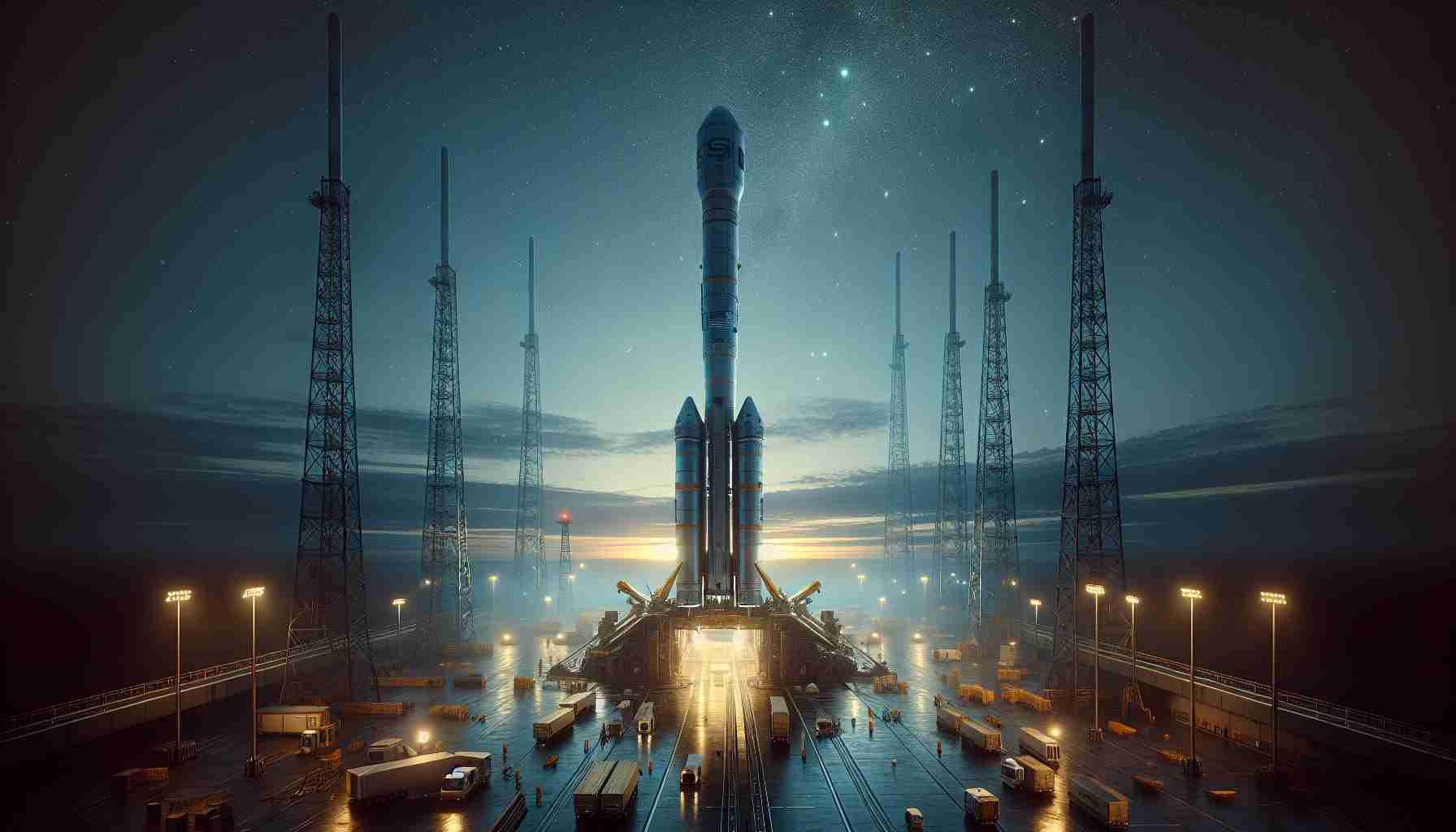
SpaceX is preparing for a significant launch scheduled for early Monday morning, November 18, from Vandenberg Space Force Base in California. The mission will involve deploying 20 new Starlink satellites into orbit, with a notable inclusion of 13 satellites equipped with direct-to-cell technology. The launch, utilizing a Falcon 9 rocket, is expected to take place during a designated four-hour window starting at 12:47 a.m. EST.
Viewers can expect to witness the launch online, as SpaceX will provide a livestream through its X account, beginning just five minutes ahead of the scheduled liftoff. Following the ascent, the rocket’s first stage is expected to return to Earth, making a precise vertical landing approximately eight minutes post-launch on the droneship named “Of Course I Still Love You” located in the Pacific Ocean.
This particular Falcon 9 booster has had an impressive track record, with this launch marking its 20th flight. Remarkably, 12 of its previous missions have been dedicated to deploying Starlink satellites. Meanwhile, the upper stage of the rocket will remain operational, transporting the satellites to their designated low Earth orbit approximately 62 minutes following launch.
Currently, the Starlink constellation boasts over 6,600 functioning satellites, with 283 capable of providing direct-to-cell services, highlighting SpaceX’s ongoing commitment to global internet connectivity.
SpaceX Gears Up for Another Starlink Satellite Launch: Expanding Global Internet Access
As SpaceX prepares for yet another launch of its Starlink satellite network, it is essential to recognize the broader implications of this mission. Scheduled for early Monday morning, November 18, from Vandenberg Space Force Base in California, this launch will be pivotal in enhancing global internet connectivity, especially in remote and underserved regions.
What Does the Upcoming Launch Involve?
This mission will involve deploying 20 new Starlink satellites, among which 13 are equipped with direct-to-cell technology, allowing mobile phone users to access the internet without relying on traditional ground infrastructure. This could fundamentally change how communication is handled in rural and disaster-stricken areas.
What Are the Key Questions Surrounding the Launch?
1. What are the operational capabilities of the new satellites?
The new satellites will increase the number of operational Starlink satellites capable of providing direct-to-cell services. This is expected to advance high-speed internet access in areas lacking reliable service.
2. What challenges does SpaceX face with its satellite deployment?
One of the major challenges is preventing space debris accumulation. The increasing number of satellites raises concerns over the potential for collisions and the long-term sustainability of space traffic.
3. What is the impact of Starlink on ground-based internet providers?
The introduction of Starlink could disrupt traditional telecommunications companies, especially in rural areas where options are limited. This could foster competition but also lead to contention in regulatory discussions.
Advantages and Disadvantages of Starlink Implementation
Advantages:
– Global Coverage: Starlink aims to provide internet access to virtually every corner of the Earth, particularly benefiting underserved regions.
– Resilience in Emergencies: Having access to satellite internet can be crucial in disaster response scenarios, where terrestrial networks are often compromised.
Disadvantages:
– Space Debris Concerns: With thousands of satellites planned, the risk of collision and space debris increases, posing threats to other space operations.
– Regulatory Hurdles: The launch and operation of these satellites face scrutiny from international space regulatory bodies as discussions about space traffic management and frequency allocation intensify.
Conclusion
The upcoming launch illustrates SpaceX’s ongoing commitment to bridging the digital divide and providing internet access to all corners of the Earth. However, as the Starlink constellation continues to expand, the company must also navigate the associated challenges, including regulatory compliance and responsible space operations.
For further details on SpaceX’s missions and innovations, please visit SpaceX.



